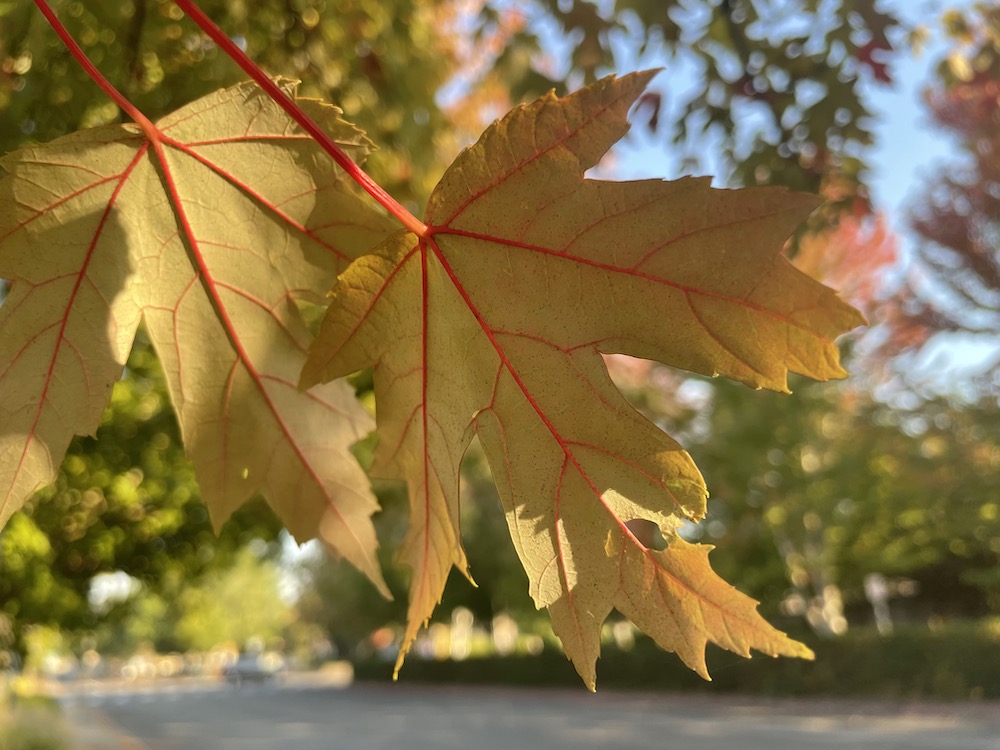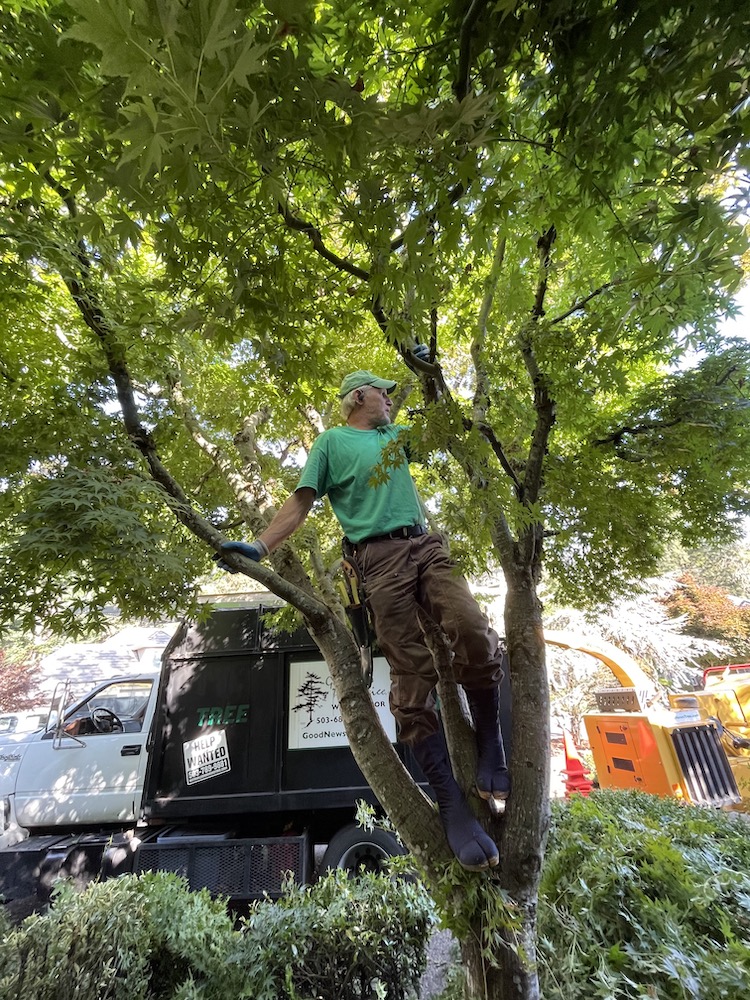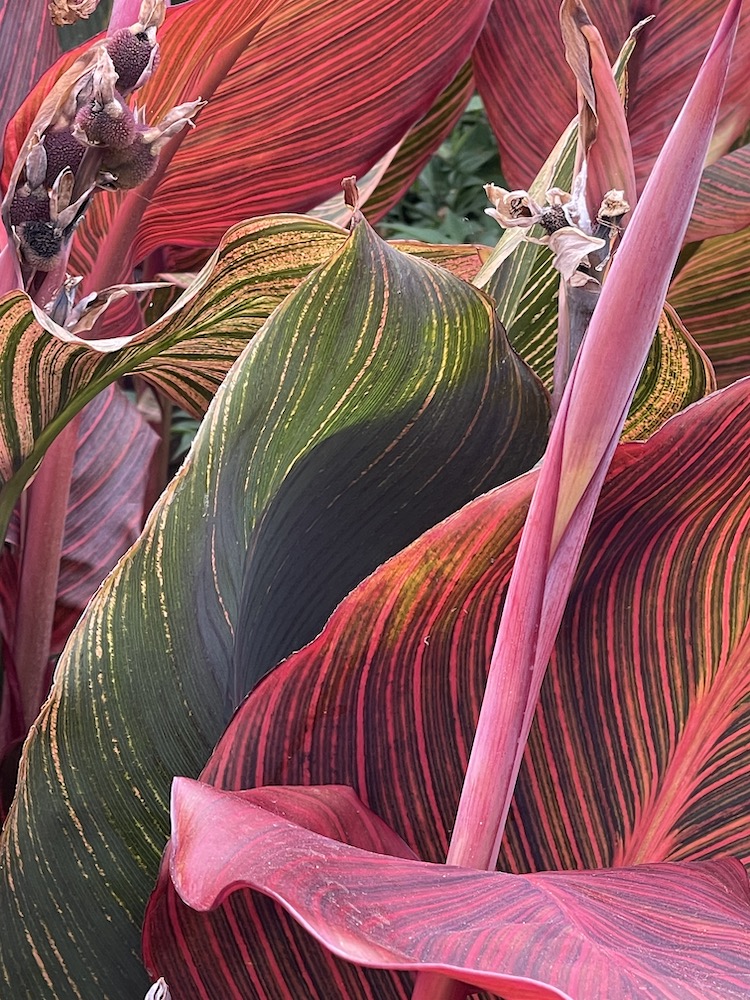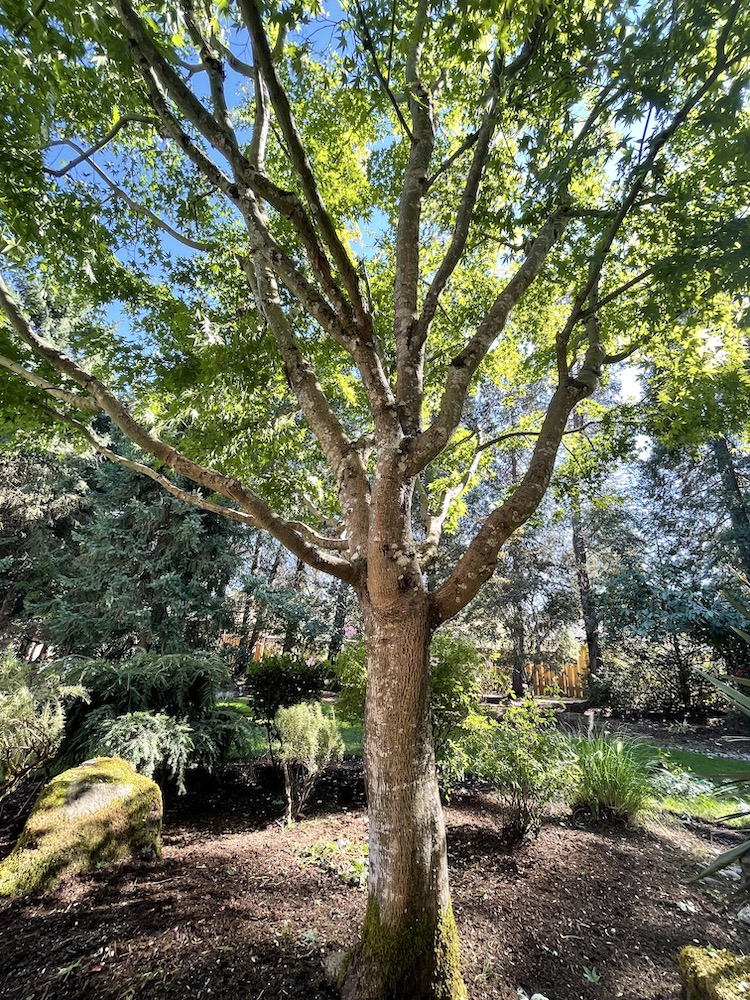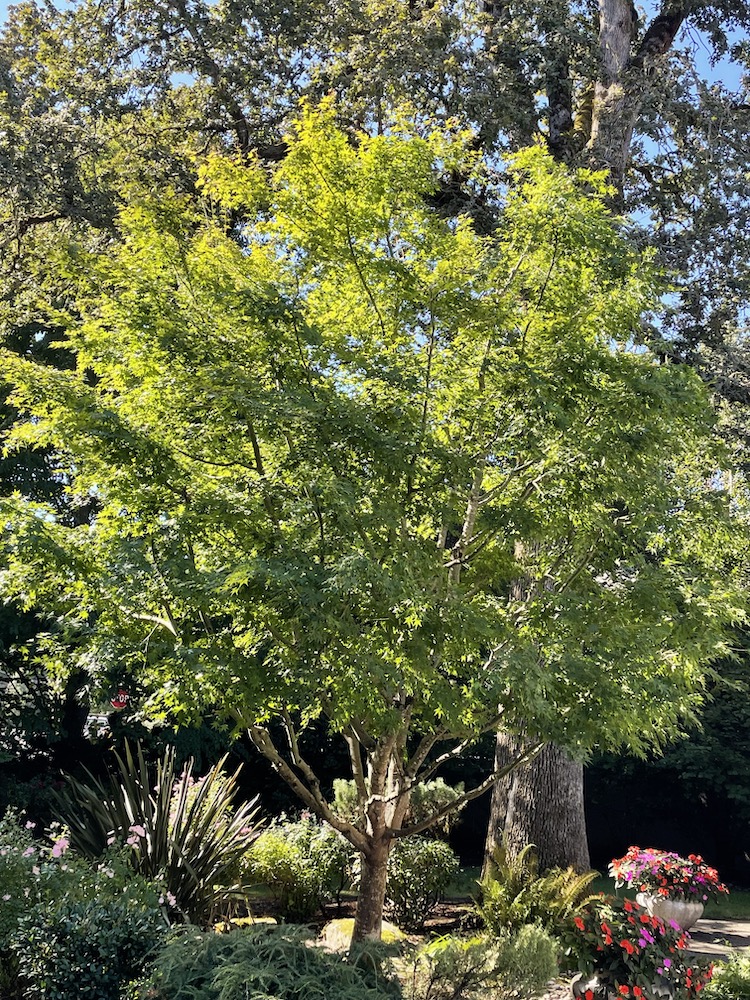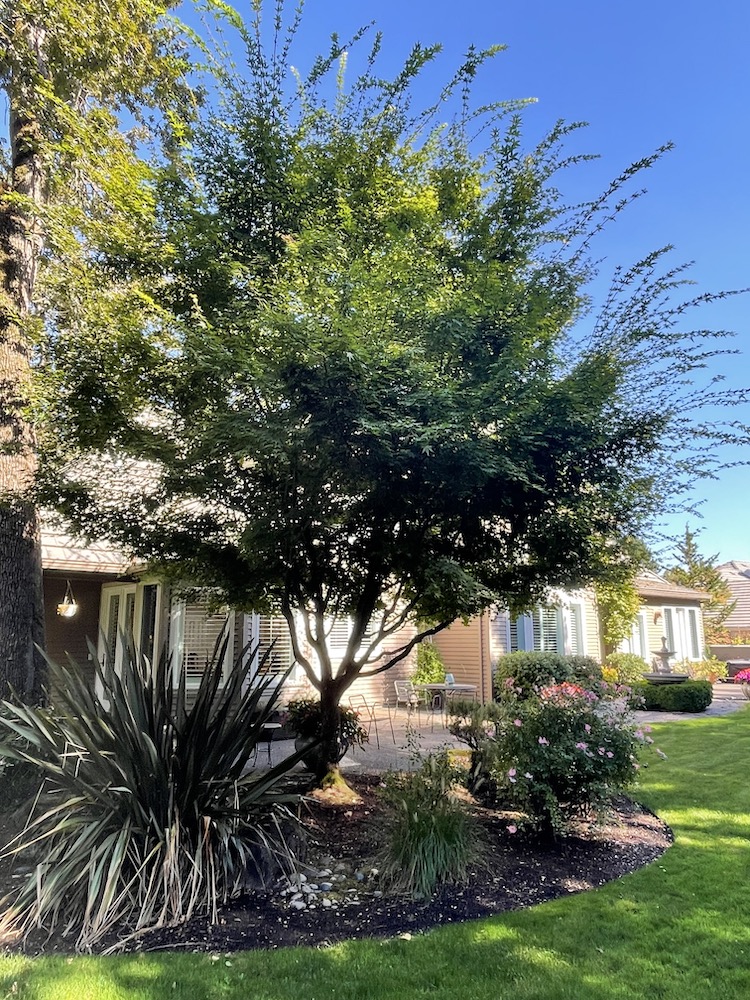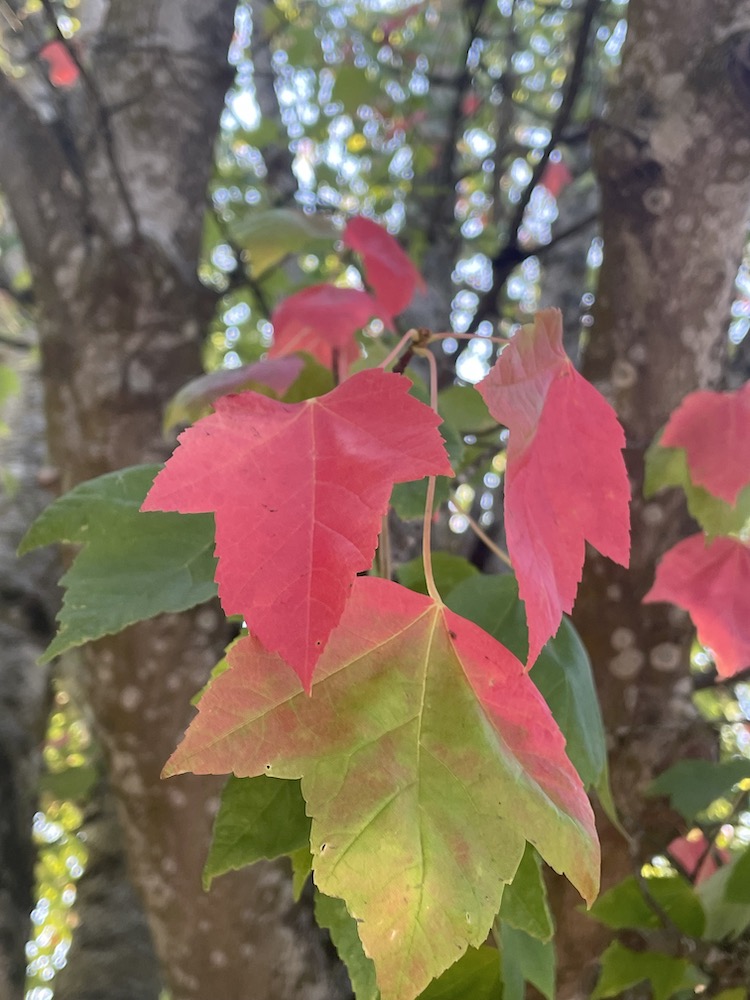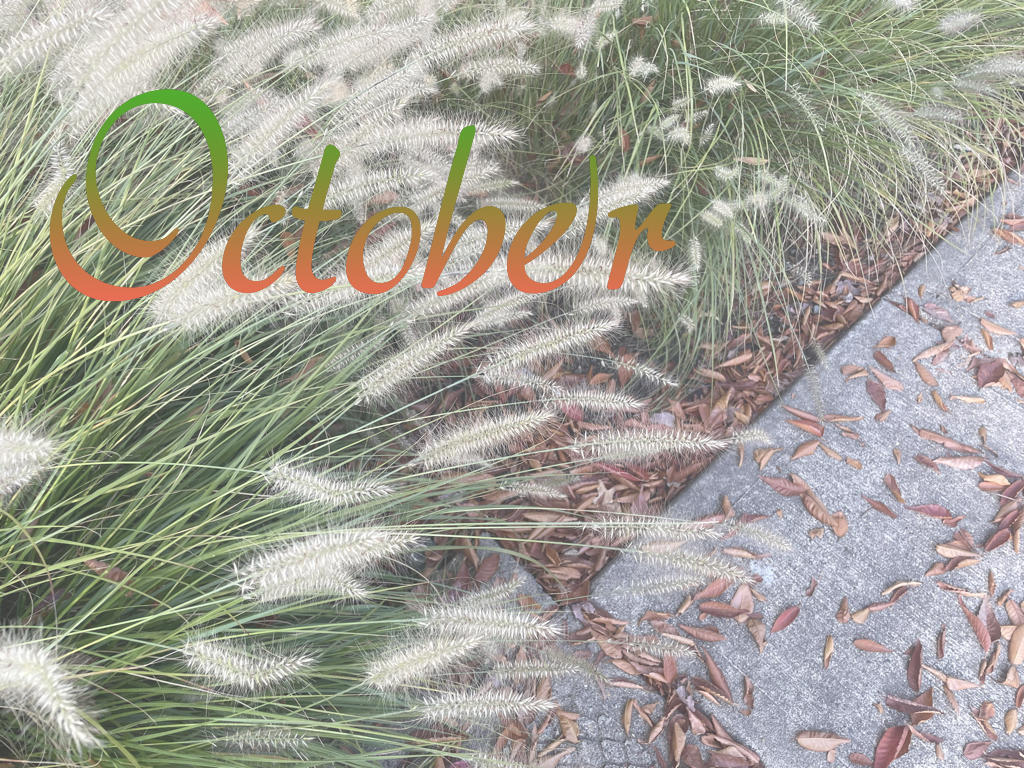
This guide is tailored for the western valleys of Oregon and Washington.
YOU can help to make the world a better, a more friendly, loving and beautiful place by being a good steward of the spot on this earth that you are privileged to be borrowing for a time—your garden. Nathan, the Treevangelist, urges you to treat your spot on this planet like your own personal Garden of Eden paradise. Then notice the joy that it will bring to you! This is your divinely mandated responsibility. Your trees, shrubs, flowers and the wildlife in your yard will express their smiling appreciation back to you and to others as they radiate love, joy and beauty bursting forth with vibrant and verdant life. Below is a to do list to help you to do just that.
We are well into October already, and the skies have yet to open up with their life-giving rains. This year, summer began a month early, and it stubbornly refuses to concede to autumn with daytime temps, as of this date, still in the 70s and 80s. As a result of our multi-year long drought and overly hot summers temps, many of our native Douglas-firs, western red-cedars, black cottonwoods and alders are dying. Amazingly, I have even seen quite a few Oregon white oaks beginning to die. This is unprecedented! Many of these same oak trees, due to drought stress, are covered with a leaf blight known as anthracnose, and have also been attacked by zillions of chlorophyll sucking insect known as lace bugs. These pests literally suck the life out of the plants that they infest. With regard to the stress I am seeing on many of our local trees, am I being an alarmist? Are we engaging in hyperbole? No! It’s fact. What can we do about it? Sadly, not much. Weather cycles have been occurring since the earth began, and trees have been marching north and south, east and west to adapt to climate change this whole time. This is evidenced by the fossil records, petrified wood, coal deposits and the skeletons of animals. The problem is that when the trees begin dying in your backyard and all around your neighborhood, this becomes an alarming and expensive situation, to say the least. So again what can you do? Water your trees and pray for rain. This is not good news, but what more can be said?
We discuss these things and more on the Good News Tree Service, Inc. blog. Check out the archives for any tree and plant care articles that you may have missed. Also check out our YouTube channel at https://www.youtube.com/channel/UCvcu2lL9NpgoXQtUFYyQShw, our Facebook page at https://www.facebook.com/GoodNewsTreeService/ and our main website at https://goodnewstree.com. Please enjoy!
Readers’ suggestions on how to improve this list are gladly solicited. If you, the reader, have any suggestions for additions to this month’s list, please put them in the comments section of this article, and I will add them to the list. Thank you in advance! — Nathan Lawrence, the Treevangelist
Tree and Shrub Care

- Fruit trees. This is an excellent time to prune trees that are done fruiting, since wounds will heal more quickly in warmer weather than occurs in winter. This is also a good time to reduce the height of overgrown fruit trees, since they are likely to produce fewer water sprouts now then when pruned in the spring.
- Large trees. After each major weather event, check your trees for damage such as broken or hanging limbs. If you have concerns or questions about your trees, have an ISA Certified Arborist with an ISA Tree Risk Assessment Qualification (like Good News Tree Service, Inc.) inspect your large trees for damage or the potential of failure due to weak root systems and defects in trunks and branches.
- Mulch. Wood chips from your local tree service is the best mulch bar none that you can put on your urban soil to beef up its fertility to improve your plants’ health. Tree service wood chips are a different look than your typical barkdust mulch, and it may some adaptation on your part, but the price of this mulch is right—usually it’s free. Barkdust doesn’t improve your soil quality and does little to improve plant health, wood chips do, however. Apply two to three inches of mulch (e.g., bark dust, garden compost or wood chips) on all of your shrub beds. Covering bare dirt areas in your yard with mulch helps to prevent soil compaction from rains, and weed growth, and helps to enrich our heavy clay soils. Also apply several inches of mulch over the tops of any perennials that may suffer damage from freezing temperatures to insure that they survive the winter.
- Pines—pruning. During the cooler fall, winter and spring seasons is the best time to prune pine trees. For those into Japanese style pruning, this is the time to bud prune.
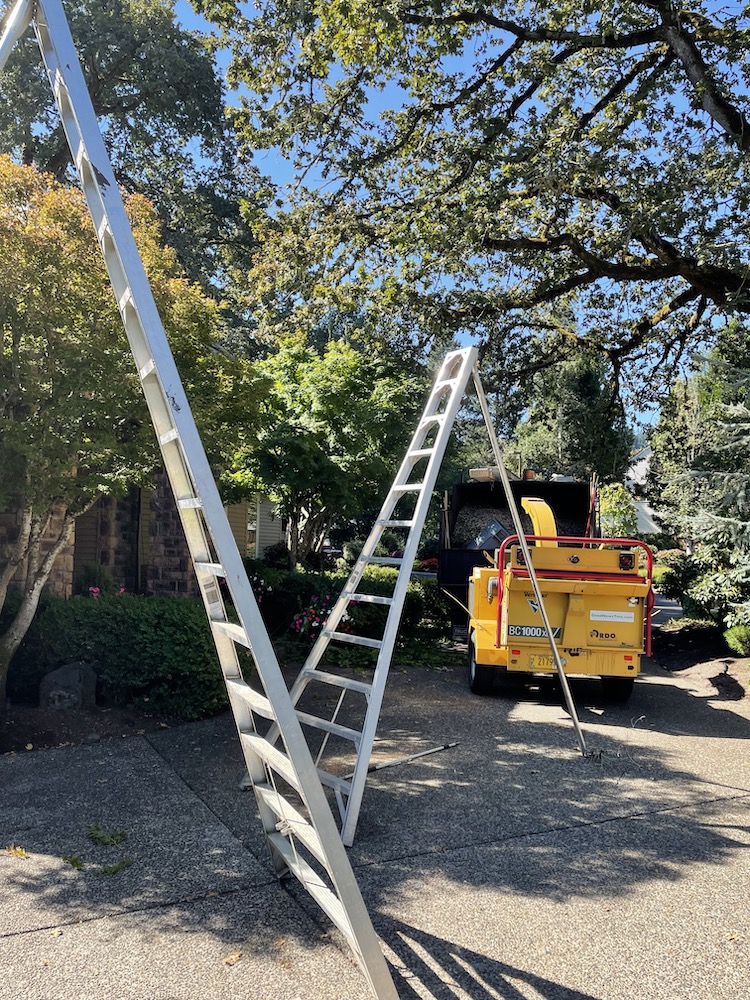
Our operation…
- Pruning of trees and shrubs. You can do all aesthetic pruning of all ornamental shrubs and trees (except pines) at any time of the year in most cases.
- Pruning of large trees. Most trees in the temperate western valleys of Oregon and Washington can be pruned anytime of the year. If you’re not sure what to do, or how to do it, call Good News Tree Service, Inc. for a consultation, pruning lessons or to have us do the pruning for you. It is likely best to wait for cooler weather to prune stressed or sick looking trees or to do major pruning on trees. Call us if you have questions about this. Heavy pruning of some trees in the summer, especially conifers, can weaken or even kill them.
- Tree and shrub removal and stump grinding can be done all year long.
- Trees—storm issues. With the advent of winter storms and the potential damage that they may inflict upon your trees, have an ISA Certified Arborist with an ISA Tree Risk Assessment Qualification (like Good News Tree Service, Inc.) inspect your large trees for the potential of failure due to weak root systems and defects in trunks and branches. This can be done anytime of the year, but now, before the winter storms hit, is an excellent time to proactive assess the condition of your trees for potential limb and trunk breakage.
Plant Health Care
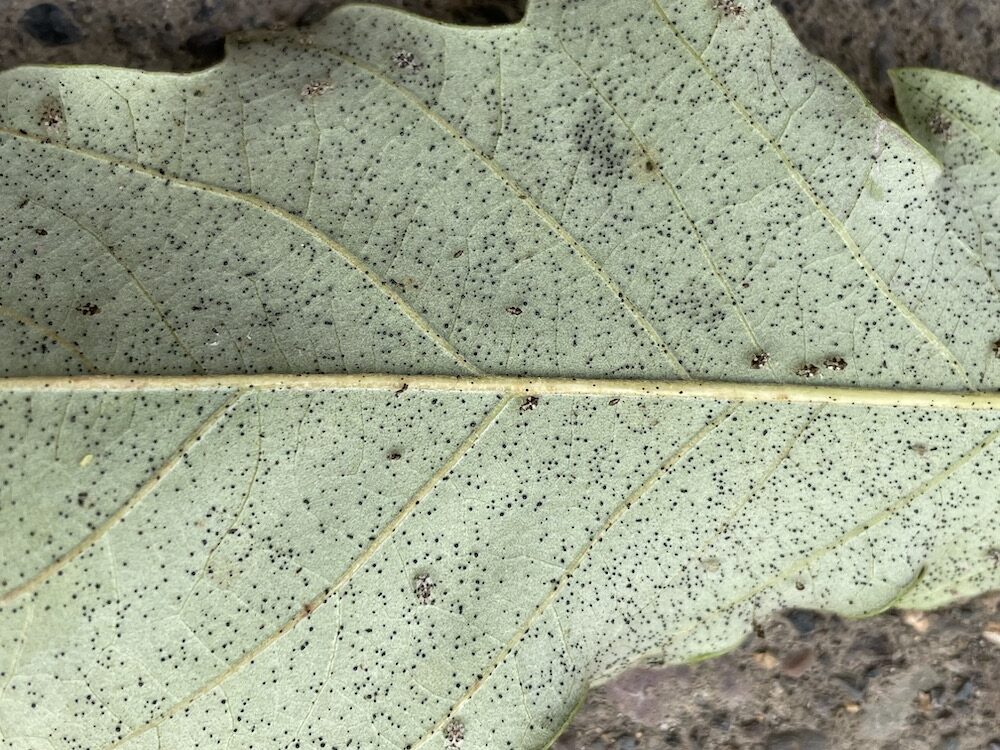
- Arborvitae Berckmann’s blight (Platycladus orientalis). Spray with copper twice in the fall (late Sept. and early Oct., and again in early Nov. Spray again in early spring (Feb to Mar) if disease is severe.
- Deep root fertilization. Deep root fertilize your trees and shrubs to promote healthy root development in preparation for next springs growing cycle.
- Magnolia bacterial blight. If your magnolia bush or tree has blighted leaves and flowers (dark, irregular spots) and the new shoots wilt and die in the spring, it may be magnolia bacteria blight. To treat, the magnolia needs to be sprayed once in the fall and twice in the spring near bud break.
- Maples (including Japanese maples). Monitor the leaves of all maples and some other trees and shrubs for symptoms of the potentially lethal verticillium wilt fungal disease. If you see major branch dieback, call GNTS, Inc. for a free evaluation.
- Verticillium wilt. The fall is the best time to treat your plants against this disease, and spring is the second best time. Maples are especially plagued by this disease. During hot weather, symptoms include smaller than normal cupped leaves in the upper canopy, often with the death of the entire branch occurring. Maples are the hardest hit trees by this disease. Other trees susceptible to this persistent and potentially lethal fungal root disease include ash, box elder, golden rain tree, mountain ash, prunus spp. (cherry and plum), redbud, tree of heaven or silk tree, southern magnolia, tulip tree.
Elsewhere in the Garden
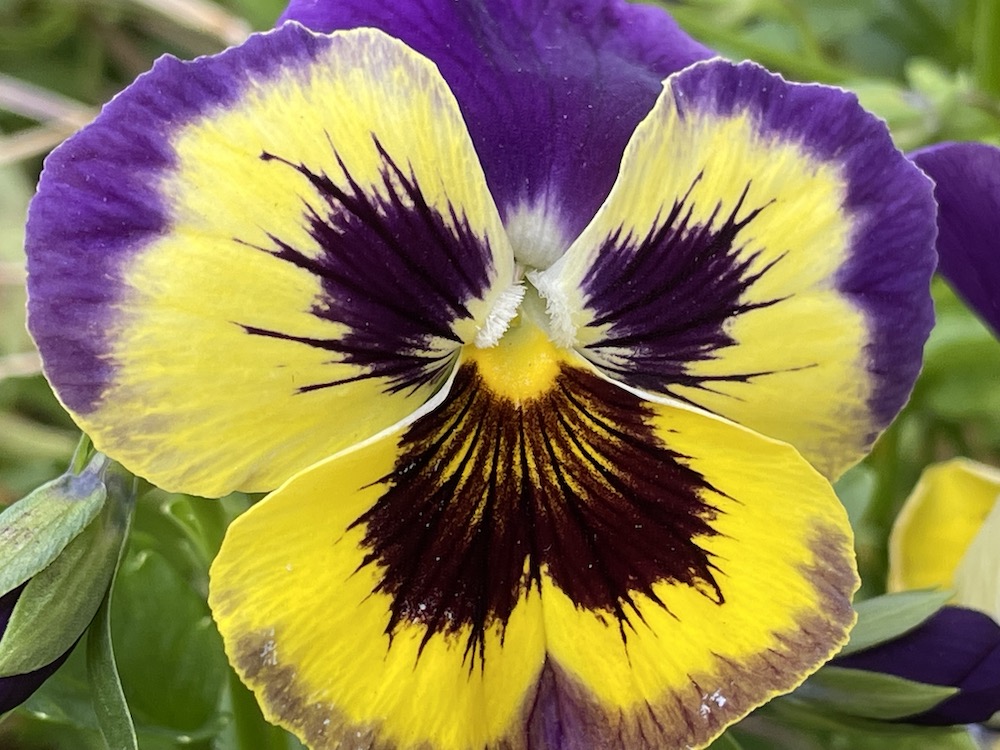
- Birds. Dutifully maintain your bird feeders. As winter comes, birds have a harder time finding food. This includes both seed and suet feeders. During dry spells, keep your bird bath watering hold full of fresh water. Caring for the local wild birds brings life and excitement to your backyard by turning it into a bird-friendly sanctuary. The birds will thank you for your generosity by providing you with hours of entertainment, and by eating insect pests that harm your ornamental trees and shrubs. Remember to feed your local humming birds that overwinter in our region. If possible, fill your humming bird feeders with a syrup that contains only 100 percent sugar (e.g. sucrose or dextrose) minus any artificial sweeteners, red dyes and other chemicals. Your birds will be healthier for it. You can find excellent bird care products and advice from knowledgeable and caring professionals at your local Backyard Bird Shop.
- Ivy. Cut English ivy off of the base of trees. (This can be done any time of the year.)
- Mulch. Mulch everything including all trees and shrubs. Apply a liberal dose of mulch over your perennial flowers, as well, to protect them from winter cold including frost, ice and snow. There is no reason to have any bare soil anywhere on your property, unless you like the look of unhealthy plants and pulling large quantities of weeds. Again, as noted above, your local tree service will happily provide you with as many wood chips as you need gratis. Just ask them. And don’t worry about the urban myth that unrotted wood chips rob nitrogen from your soil. I have been using green wood chips straight from my dump truck on my shrubs for 37 years without any negative consequences to the shrubs. If they look a little yellow, simply give them some nitrogen fertilizer.
- Planting trees and shrubs. This is a good time of the year to plant trees and shrubs once the weather cools down and the rains start. Visit your local nursery and select your favorite ornamental shrubs and shade trees. After planting your new shrubs, just make sure that you water them well immediately and regularly subsequently for the first two or three summers until their roots get established.
- Slugs. Put slug bait around your flowers and tender perennials like hostas.
Rose Care
- Pruning. After the leaves fall off, prune your roses down by about one-third and remove any dead flowers and dead or diseased canes.
- Mulching. Heavily mulch your roses. Organic mulch (such as wood chips, rotted compost, rotted manure) is the best. While barkdust helps to hold moisture in the soil, it contains little or no nutrients, so it doesn’t feed the soil and thus won’t feed your roses.
- For more information on the care of roses, go to the Portland Rose Society website at https://www.portlandrosesociety.org/all_about_roses.html.
Lawn Care
- Weed control. Most perennial lawn weeds are more easily killed in the fall. Treat them with a broadleaf herbicide or pull them by hand.
- Fertilization. If you only fertilize as part of your lawn maintenance once a year, fall is the best time to do it. In fact, your lawn will appreciate a light application of fertilizer in early autumn and again in late autumn.
- Overseed bare spots. When the weather begins to cool down from the summer heat, yet while the grass is still growing, and the fall rains begin is an excellent time to overseed bare or thin spots in your yard. Fall is the best time of the year to reseed bare are of your lawn, while spring is the second best time.
